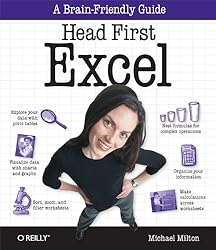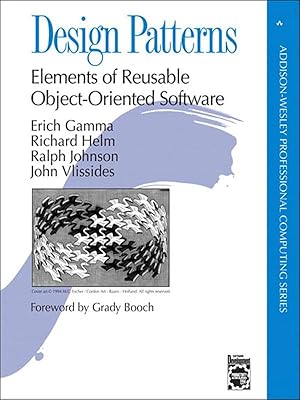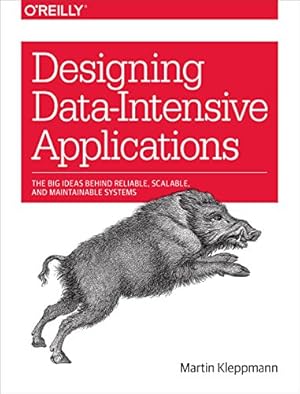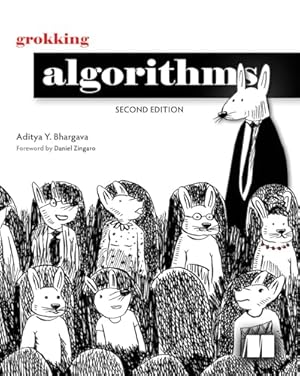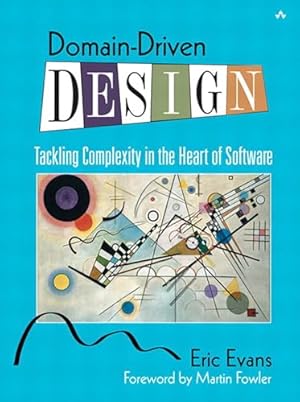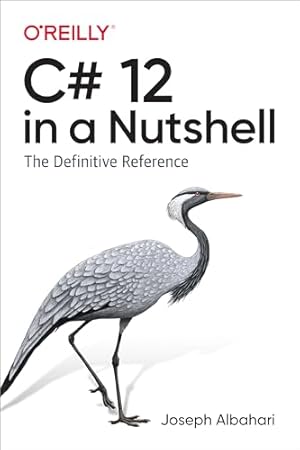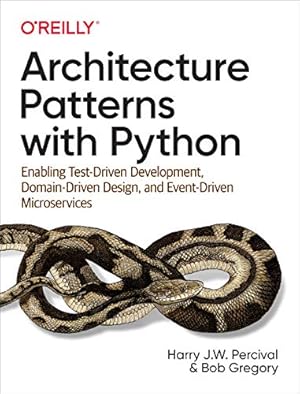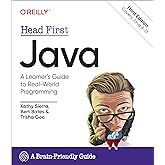Buy
$30.76 with 55 percent savings $30.76
Learn more
These promotions will be applied to this item:
Some promotions may be combined; others are not eligible to be combined with other offers. For details, please see the Terms & Conditions associated with these promotions.
- Highlight, take notes, and search in the book
Rent
$14.89 $14.89
Today through selected date:
Rental price is determined by end date.
- Highlight, take notes, and search in the book
Your Memberships & Subscriptions

Download the free Kindle app and start reading Kindle books instantly on your smartphone, tablet, or computer - no Kindle device required.
Read instantly on your browser with Kindle for Web.
Using your mobile phone camera - scan the code below and download the Kindle app.

Follow the authors
OK
Head First Design Patterns: Building Extensible and Maintainable Object-Oriented Software 2nd Edition, Kindle Edition
What will you learn from this book?
You know you don't want to reinvent the wheel, so you look to Design Patterns: the lessons learned by those who've faced the same software design problems. With Design Patterns, you get to take advantage of the best practices and experience of others so you can spend your time on something more challenging. Something more fun. This book shows you the patterns that matter, when to use them and why, how to apply them to your own designs, and the object-oriented design principles on which they're based. Join hundreds of thousands of developers who've improved their object-oriented design skills through Head First Design Patterns.
What's so special about this book?
If you've read a Head First book, you know what to expect: a visually rich format designed for the way your brain works. With Head First Design Patterns, 2E you'll learn design principles and patterns in a way that won't put you to sleep, so you can get out there to solve software design problems and speak the language of patterns with others on your team.
Kindle E-Readers
- Kindle Paperwhite (11th Generation)
- Kindle Paperwhite
- Kindle Scribe (1st Generation)
- Kindle Voyage
- All New Kindle E-reader (11th Generation)
- Kindle Scribe, 1st generation (2024 release)
- All New Kindle E-reader
- All new Kindle paperwhite
- Kindle Oasis (9th Generation)
- Kindle Oasis
- Kindle Paperwhite (12th Generation)
- Kindle Paperwhite (10th Generation)
- Kindle
- Kindle Touch
- Kindle Paperwhite (5th Generation)
- Kindle (10th Generation)
- Kindle Oasis (10th Generation)
Fire Tablets
Shop this series
See full series- Kindle Price:$72.30By placing your order, you're purchasing a license to the content and you agree to the Kindle Store Terms of Use.
- Kindle Price:$113.41By placing your order, you're purchasing a license to the content and you agree to the Kindle Store Terms of Use.
- Kindle Price:$283.71By placing your order, you're purchasing a license to the content and you agree to the Kindle Store Terms of Use.
- Kindle Price:$1,178.53By placing your order, you're purchasing a license to the content and you agree to the Kindle Store Terms of Use.
Shop this series
This option includes 3 books.
This option includes 5 books.
This option includes 10 books.
This option includes 37 books.
Customers also bought or read
- Head First Software Architecture: A Learner's Guide to Architectural Thinking
 Kindle Edition$50.68$50.68
Kindle Edition$50.68$50.68 - Refactoring: Improving the Design of Existing Code (Addison-Wesley Signature Series (Fowler))
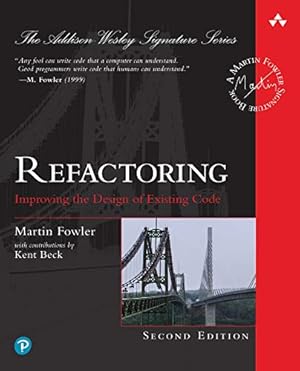 Kindle Edition$46.39$46.39
Kindle Edition$46.39$46.39 - System Design Interview – An insider's guide#1 Best SellerWeb Services & APIs
 Kindle Edition$37.99$37.99
Kindle Edition$37.99$37.99 - Pragmatic Programmer, The: Your journey to mastery, 20th Anniversary Edition
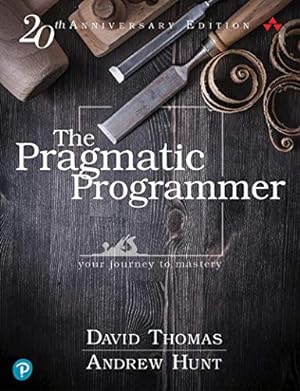 Kindle Edition$31.41$31.41
Kindle Edition$31.41$31.41 - Introduction to Algorithms, fourth edition#1 Best SellerAlgorithm Programming
 Kindle Edition$92.99$92.99
Kindle Edition$92.99$92.99 - A Philosophy of Software Design, 2nd Edition#1 Best SellerSoftware Development
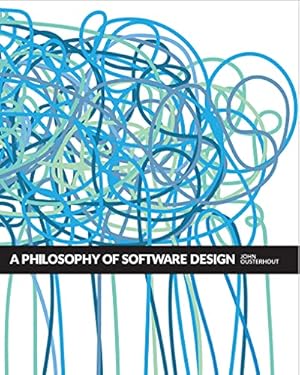 Kindle Edition$9.99$9.99
Kindle Edition$9.99$9.99 - Patterns of Enterprise Application Architecture (Addison-Wesley Signature Series (Fowler))
 Kindle Edition$48.53$48.53
Kindle Edition$48.53$48.53 - Software Architecture: The Hard Parts: Modern Trade-Off Analyses for Distributed Architectures
 Kindle Edition$41.79$41.79
Kindle Edition$41.79$41.79
Customers who read this book also read
 All patterns provide a way to let some part of a system vary independently of all other parts.Highlighted by 304 Kindle readers
All patterns provide a way to let some part of a system vary independently of all other parts.Highlighted by 304 Kindle readers The Decorator Pattern attaches additional responsibilities to an object dynamically. Decorators provide a flexible alternative to subclassing for extending functionality.Highlighted by 235 Kindle readers
The Decorator Pattern attaches additional responsibilities to an object dynamically. Decorators provide a flexible alternative to subclassing for extending functionality.Highlighted by 235 Kindle readers The Abstract Factory Pattern provides an interface for creating families of related or dependent objects without specifying their concrete classes.Highlighted by 162 Kindle readers
The Abstract Factory Pattern provides an interface for creating families of related or dependent objects without specifying their concrete classes.Highlighted by 162 Kindle readers
From the brand

-
Explore the full series
-
Brain-Friendly Guides
-
Brain-Friendly Guides
-
Explore the full series
-

Learning isn't something that just happens to you. It's something you do. Learning means building more mental pathways, bridging connections between new and pre-existing knowledge, recognizing patterns, and turning facts and information into knowledge (and ultimately, wisdom).
Based on the latest research in cognitive science, neuro-biology, and educational psychology, Head First books get your brain into learning mode.
From the Publisher

About 'Head First' Books
We think of a Head First Reader as a Learner
Learning isn't something that just happens to you. It's something you do. You can't learn without pumping some neurons. Learning means building more mental pathways, bridging connections between new and pre-existing knowledge, recognizing patterns, and turning facts and information into knowledge (and ultimately, wisdom). Based on the latest research in cognitive science, neuro-biology, and educational psychology, Head First books get your brain into learning mode.
Here's how we help you do that:
We tell stories using casual language, instead of lecturing. We don't take ourselves too seriously. Which would you pay more attention to: a stimulating dinner party companion, or a lecture?
We make it visual. Images are far more memorable than words alone, and make learning much more effective. They also make things more fun.
We use attention-grabbing tactics. Learning a new, tough, technical topic doesn't have to be boring. The graphics are often surprising, oversized, humorous, sarcastic, or edgy. The page layout is dynamic: no two pages are the same, and each one has a mix of text and images.
Metacognition: thinking about thinking
If you really want to learn, and you want to learn more quickly and more deeply, pay attention to how you pay attention. Think about how you think. The trick is to get your brain to see the new material you're learning as Really Important. Crucial to your well-being. Otherwise, you're in for a constant battle, with your brain doing its best to keep the new content from sticking.

Here's what we do:
We use pictures, because your brain is tuned for visuals, not text. As far as your brain's concerned, a picture really is worth a thousand words. And when text and pictures work together, we embedded the text in the pictures because your brain works more effectively when the text is within the thing the text refers to, as opposed to in a caption or buried in the text somewhere.
We use redundancy, saying the same thing in different ways and with different media types, and multiple senses, to increase the chance that the content gets coded into more than one area of your brain.
We use concepts and pictures in unexpected ways because your brain is tuned for novelty, and we use pictures and ideas with at least some emotional content, because your brain is more likely to remember when you feel something.
We use a personalized, conversational style, because your brain is tuned to pay more attention when it believes you're in a conversation than if it thinks you're passively listening to a presentation.
We include many activities, because your brain is tuned to learn and remember more when you do things than when you read about things. And we make the exercises challenging-yet-do-able, because that's what most people prefer.

We use multiple learning styles, because you might prefer step-by-step procedures, while someone else wants to understand the big picture first, and someone else just wants to see an example. But regardless of your own learning preference, everyone benefits from seeing the same content represented in multiple ways.
We include content for both sides of your brain, because the more of your brain you engage, the more likely you are to learn and remember, and the longer you can stay focused. Since working one side of the brain often means giving the other side a chance to rest, you can be more productive at learning for a longer period of time.
We include challenges by asking questions that don't always have a straight answer, because your brain is tuned to learn and remember when it has to work at something.
Finally, we use people in our stories, examples, and pictures, because, well, you're a person. Your brain pays more attention to people than to things.
Editorial Reviews
About the Author
Elisabeth Robson is the co-author of several Head First books, including Head First Design Patterns, and is a principal at WickedlySmart, an online learning company for software developers.
About the authors

Elisabeth Robson is currently co-founder of Wickedly Smart (wickedlysmart.com) where she is creating new brain-friendly learning products.

Eric is described by Head First series co-creator Kathy Sierra as “one of those rare individuals fluent in the language, practice, and culture of multiple domains from hipster hacker, corporate VP, engineer, think tank.” Professionally, Eric recently ended nearly a decade as a media company executive—having held the position of CTO of Disney Online at The Walt Disney Company. Eric is now devoting his time to WickedlySmart, a startup he co-created with Elisabeth Robson.
By training, Eric is a computer scientist, having studied with industry luminary David Gelernter during his Ph.D. work at Yale University. His dissertation is credited as the seminal work in alternatives to the desktop metaphor, and also as the first implementation of activity streams, a concept he and Dr. Gelernter developed.
In his spare time, Eric is deeply involved with music; you’ll find Eric’s latest project, a collaboration with ambient music pioneer Steve Roach, available on the iPhone app store under the name Immersion Station.
Eric lives with his wife and young daughter on Bainbridge Island. His daughter is a frequent vistor to Eric’s studio, where she loves to turn the knobs of his synths and audio effects. Eric’s also passionate about kids education and nutrition, and looking for ways to improve them.
Customer reviews
Customer Reviews, including Product Star Ratings help customers to learn more about the product and decide whether it is the right product for them.
To calculate the overall star rating and percentage breakdown by star, we don’t use a simple average. Instead, our system considers things like how recent a review is and if the reviewer bought the item on Amazon. It also analyzed reviews to verify trustworthiness.
Learn more how customers reviews work on AmazonReviews with images
Great book
Top reviews from the United States
There was a problem filtering reviews. Please reload the page.
- Reviewed in the United States on July 23, 2024I didn't expect much, but this covers a lot of great basic design patterns, and its examples are top notch. I could do with a little less of the "fun" cartoon stuff, that's just filler, but if you skip over the filler, the actual information it gives is awesome.
It is a little cartoony at times, and it does have a lot of random "fun" things like pictures of people with dialog bubbles saying stuff. I could really do without all that, but the core examples and design patterns are awesome. Personally, I just wish they would cut out like 60% of the random "conversations" and "gurus" and "people" and include 60% more design patterns instead. Still a really solid book though.
Examples are in Java and they're great. Very straight forward and easy to follow. You can understand the idea just by glancing at the code. Has a lot of good designs. You're bound to already be familiar with some of the "design patterns", but I find that if even one gives me some new ideas or makes me think about things in a new way, then it was worth the purchase price. I've loved it so far personally.
- Reviewed in the United States on January 15, 2025I've had the book for about a year and wish that I had read it years ago. It's been helpful in expanding software architecture knowledge and applying the information to help others in software development.
- Reviewed in the United States on December 31, 2024So far I'm in to the second chapter. It's a dense topic so be prepared to think but it does make the gof algorithms very approachable. I'm an early to mid stage Dev so I'm trying to brush up for career progression.
- Reviewed in the United States on November 2, 2024Great book
- Reviewed in the United States on July 7, 2021Very good introduction to design patterns especially if you have never used them before or are relatively new to some OO principles. The pace is nice and slow at first, but can get tedious after some time with every chapter describing a made up (not real world) scenario and how someone might approach the problem with a simple solution. Then it shows how this simple solution has quite a few drawbacks and introduces that chapter's design pattern. After going through many of these, the 600 pages to read felt quite tedious and I wish that it only did so with about 5 patterns and then did a quick overview of the rest, sort of like how the appendix goes over 9 patterns with 2 pages each, but maybe a little more like 10. That would have made this book a lot more consumable, but I had to force myself to get through the entire thing so I would rate it 4 stars for being excellent but docking that one star because it was too long. Sort of like this review. Haha.
- Reviewed in the United States on July 13, 2024It is like a summertime child book with puzzles. That makes learning funny and effective imo
- Reviewed in the United States on May 22, 2023What a book completely full of knowledge. A must to read!!
- Reviewed in the United States on January 5, 2022If you are new to design patterns i HIGHLY recommend this book. You might think its nit "serious enough" at first. But as you go through it things just stay in your head mkre and makes the learning of patterns enjoyable. And the definitions of each Pattern are the official definitions from the Gang of Four.
Top reviews from other countries
-
 Sergio SabásReviewed in Mexico on January 25, 2025
Sergio SabásReviewed in Mexico on January 25, 20255.0 out of 5 stars Estoy muy satisfecho con mi compra
Me brinda la información que buscaba, el envío fué muy rápido. Estoy muy satisfecho con mi compra.
 RubaReviewed in the United Arab Emirates on March 3, 2022
RubaReviewed in the United Arab Emirates on March 3, 20225.0 out of 5 stars Need for every developer
Grab this book to learn design patterns in easy and fun way. It has Java code examples and keeps you engage with every example by answering all those question which arises while solving them. Read dumb questions from book to cover the grey areas as well.
-
 Iván CarrascoReviewed in Spain on December 13, 2022
Iván CarrascoReviewed in Spain on December 13, 20225.0 out of 5 stars Muy bueno
Fundamental para conocer el fundamento de muchos patrones utilizados en muchísimos lenguajes
-
 AlexanderReviewed in Germany on November 10, 2024
AlexanderReviewed in Germany on November 10, 20245.0 out of 5 stars Perfekte Erklärung
Das Buch erklärt die Design Patterns einfach perfekt!
Es macht wirklich spaß, das Buch zu lesen, da hier viele Illustrationen und praktische Beispiele verwendet wurden. Es versucht auch nicht der Ersatz für das Buch der GoF zu sein.
 Charlotte D.Reviewed in Canada on September 5, 2022
Charlotte D.Reviewed in Canada on September 5, 20225.0 out of 5 stars Interesting book
 5.0 out of 5 stars
5.0 out of 5 stars Charlotte D.
Charlotte D.Interesting book
Reviewed in Canada on September 5, 2022
Images in this review







